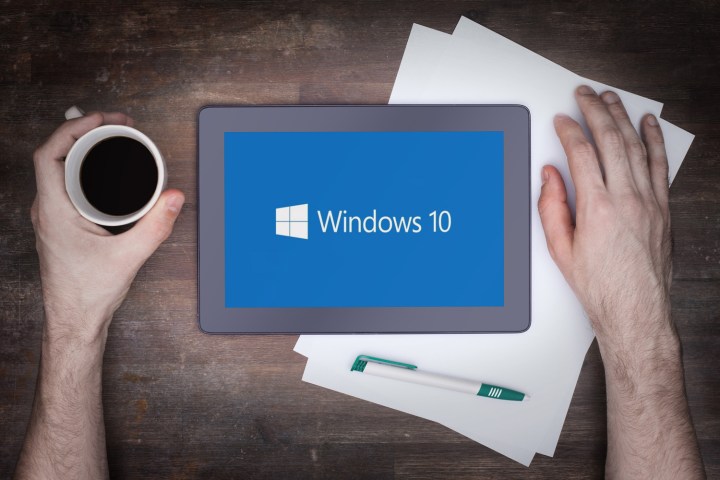
Part of this is because of mobile: Windows Phones haven’t exactly had a banner year, and they were supposed to be part of this legendary billion. So far 350 million users have Windows 10, which is an unprecedented year so far as Windows releases go, and almost on pace for a billion. But installs will presumably slow down soon, when Windows 10 stops being free.
Not only will Windows 10 no longer be free, but Microsoft’s aggressive “marketing” for the operating system, which caused more than a few users to install the operating system accidentally, will stop at the end of the month. From that point forward new device purchases will make up the bulk of new Windows 10 users.
“Windows 10 is off to the hottest start in history with over 350 million monthly active devices, with record customer satisfaction and engagement,” a Microsoft representative told ZDNet. “We’re pleased with our progress to date, but due to the focusing of our phone hardware business, it will take longer than FY18 for us to reach our goal of 1 billion monthly active devices. In the year ahead, we are excited about usage growth coming from commercial deployments and new devices — and increasing customer delight with Windows.”
That last point about commercial deployments could get interesting. Companies traditionally wait a couple of years before upgrading Windows. In part this is to avoid any bugs that come with new releases, and in part this is because upgrading a bunch of computers takes a long time.
But some large entities have committed early to deploying Windows 10. For example, the U.S. Defense Department will install Windows 10 on 4 million PCs in a bid to lower IT costs. If enough organizations do the same, Windows 10 could keep growing. We’ll be watching closely.


